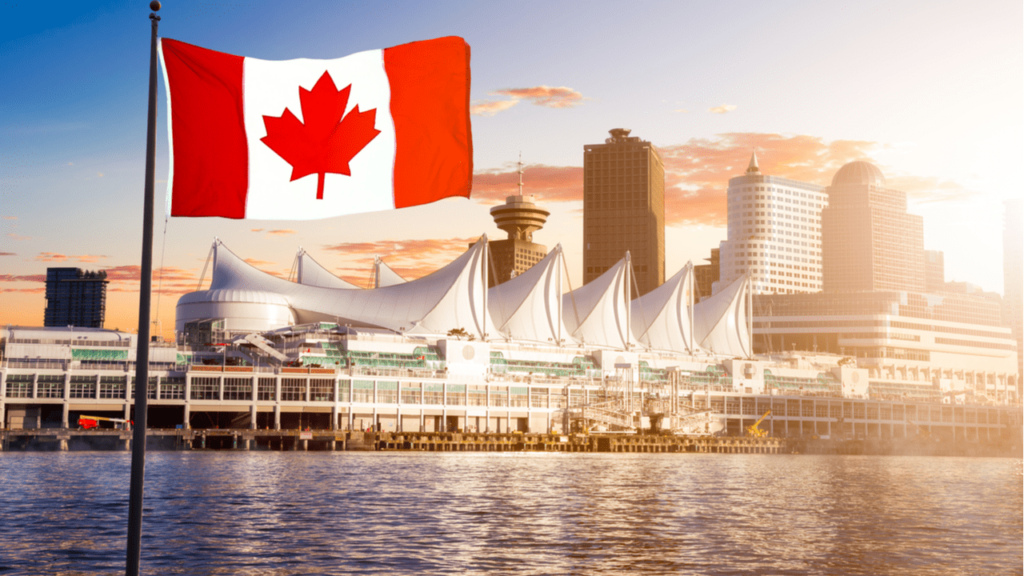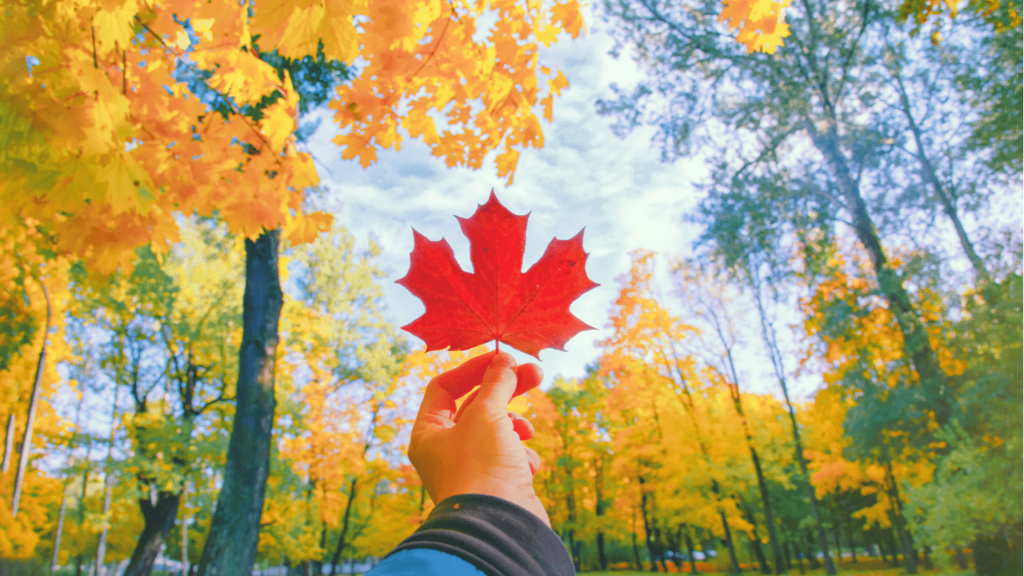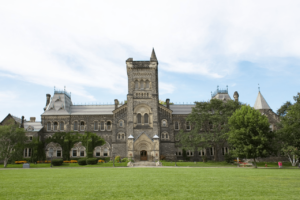Canada is a popular study-abroad destination, with students from all over the world coming to experience the world-class education Canadian universities provide.
The country is less expensive than other prominent study-abroad locations and assists students in obtaining globally recognised educational credentials.
For this reason, students aspire to study in Canada and apply for the three major intakes: Fall, Winter, and Summer. Foreign institutions conduct admissions in a particular cycle, popularly known as intakes.
These Canada intakes are distributed across the academic year and usually range between two and four months.
Here is an overview of all three intakes in Canada.
| Fall Intake | Winter Intake | Summer Intake |
| Primary intake | Secondary intake | Available for limited universities only |
| Most of the programs are available | At least scholarships and financial aid | Selected programs only |
| More number of scholarships | Limited scholarships | Very few scholarships |
| Application deadline: December – March | Application deadline: September – November | Application deadline: October – February |
Intakes in canada correspond to different academic sessions in the country. So it’s hard to determine which intake is best for Canada. However, generally, September or fall intake is largely preferred.
Check Your Eligibility for 80+ Universities across Canada
Book a free counselling session and find universities where you can get an Admission!

Check Your Eligibility for 80+ Universities across Canada

Book a free counselling session and find universities where you can get an Admission!
International students aiming to take up undergraduate or postgraduate courses can go through the following sections to learn about various intakes in Canada.

September/Fall Intake in Canada 2023-2024
The fall intake is usually the most popular among international candidates applying to Canadian institutions. This intake has almost all universities offering the largest number of seats available compared to the other two Intakes.
Even the top universities in Canada open slots for their most popular courses in this intake. Most of the students prefer fall intake among Canada intakes to start their studies, as fall intake gives them enough time to be academically focused on their studies and the environment.
Apart from that, the weather during the fall intake is more pleasant than other intakes. Here are the top universities offering seats during fall intake in Canada:
| University | Annual tuition fee in Dollars($) |
| University of Waterloo | 47,560 |
| University of Ottawa | 26,354 |
| Ryerson University | 38,457 |
| McGill University | 56,544 |
| University of Alberta | 30,090 |
| University of Calgary | 40,103 |
| Niagara College | 17,215 |
Pros
- Students get enough time and scope to familiarise themselves with the new environment.
- One can enjoy excellent scholarship opportunities.
Cons
- This applicant pool can get relatively more competitive.
- Many students start their studies in the fall, leaving you with limited course options.
The application deadline for fall intake 2023-2024 is from December to March.
January/Winter Intake in Canada 2024
The winter intake in Canada is the second most preferred semester in Canadian universities. The institutes offer fewer programs, career opportunities, scholarships, and internship offers.
This intake is for students who have missed their admissions in the fall intake
These students will have another chance to continue their studies without waiting one whole year. The students will have to adapt to the institute’s environment quickly compared to the students from the fall intake.
Let’s explore the top universities offering seats during winter intake in Canada.
| University | Annual Tuition fee in Dollars($) |
| University of Ottawa | 26,354 |
| Mount Saint Vincent University | 40,980 |
| Centennial College | 28,742 |
| McGill University | 56,544 |
| Douglas College | 18,727 |
| Carleton University | 42,873 |
| Queen’s University | 27,513 |
| Lambton College | 25,340 |
Pros
- Class strength will be less, allowing you to interact with your faculty better.
- Competition based on admission to the top universities will be high, which drives the applicants with more energy.
Cons
- One of the major disadvantages of applying for the January intake in Canada is that it offers students fewer campus opportunities.
- As fewer students apply during this Intake, you may find fewer international students in the course you apply to.
The application deadline for winter intake 2024 is from September to November.
May/Summer Intake in Canada 2024
The summer intake is the last intake session of the academic year in Canadian universities. Only a very few universities offer this intake for a few programs. Admissions are open during the summer semester for diploma certifications and summer vocational programs.
It is an excellent option for students who want to get a head start on their studies or who want to take the benefit of a shorter summer semester to complete courses more quickly.
Additionally, some programs may only be available during the summer semester. Let’s look at the top universities offering summer intake in Canada:
| University | Annual tuition fee |
| Centennial College | $28,742 |
| Vancouver Community College | $19,900 |
| Ryerson University | $38,457 |
| Northern College | $15,451 |
| University of Waterloo | $47,560 |
Pros
- There are many courses only be available during the summer intake, so starting your studies in the summer can open up unique learning opportunities.
- The class size will be small, and you get personalized attention from professors.
Cons
- Fewer extracurricular activities, clubs, or events are happening than the regular academic year.
- Finding employment or internship opportunities during the summer months is more difficult.
The application deadline for summer intake 2024 is from January- February.
Courses Available for Different Canada Intakes
All major study programs in Canada intakes are usually open through the Fall intake. Admission for courses such as MBA, MS, and MA is conducted mainly in this cycle.
The winter intake provides an additional window for universities to either fill up the remaining seats or to carry out admission for specialised courses.
The summer intake is meant for short-term courses such as diplomas, certificate programs, summer courses, etc. Here is a list of courses that one can apply for during different Canada intakes:
| Courses Offered | Intake |
|---|---|
| All kinds of programs (undergraduate and postgraduate) | Fall |
| Selected study programs | Winter |
| Short-term courses | Summer |
Candidates have to select the admission intake as per the courses they wish to enrol on.
When to Apply for Canada Intakes 2024: A Timeline
| Actions | Fall | Winter | Summer |
| Research Course/University | August – October of the previous year | January – April of the previous year | By May of the previous year |
| Shortlist Universities | Within December of the previous year | June – July of the previous year | July- August of the previous year |
| Fulfil Eligibility Criteria | January-February the year applying | August, the previous year | August -September of the previous year |
| Apply for a student visa | From February – April of the year of applying | From June – September of the previous year | By January of the year of applying |
| Appear for the standardized tests and English Proficiency tests | Within April of the year of applying | From August – September of the previous year | By January of the year of applying |
| Find out supporting documents | May-July of the year of applying | September – October of the previous year | From February – March of the year of applying |
| Apply | August to October | September to November | April to May (variable) |
If you need professional coaching for the English proficiency test IELTS to apply for Canadian universities, contact LeapScholar. The IELTS Prep app by LeapScholar is a one-stop solution for your study abroad dream.
You can access specially crafted lessons by experts accredited by IDP, British Council, and Cambridge. About 1M + students have trusted us with their IELTS prep journey. Join us, download our IELTS prep app and get access to the best resources!
Do’s and Don’ts for a Successful Application
When applying for Canada intakes, there are some things that you should do to increase your chances of success and some things that you should avoid. Here are some dos and don’ts to keep in mind:

Here are some do’s and don’ts to keep in mind:
- Research your eligibility for the visa or immigration program you’re applying for.
- Fill out the application forms carefully and accurately, providing all the required information and documentation.
- If you are unsure about any steps in the application process, seek professional help from a study abroad expert.
- Keep track of the timelines for submitting your applications on time.
- Don’t provide false information or documentation in your application; it is illegal and can result in serious consequences.
- If you receive any request for additional information or documentation, don’t ignore it. Failure to provide such requested information can result in your application being delayed or rejected.
Candidates should carefully choose the intake for admission to a foreign university. The entire application procedure will depend on the chosen admission intake.
Those intending to study in Canada in the upcoming year should check the details of Canada intake 2024 and stay updated with the information as released by the universities.
Canadian universities are the most affordable, offering the best opportunities. Want further guidance on studying in Canada and the intakes? LeapScholar is proud to have a highly qualified team of counsellors with 50+ years of combined experience in helping students study abroad. Ready to take the Leap?
Frequently Asked Questions
-
What is the best time to apply for a winter intake in Canada?
Students planning to take admission in the Winter intake should ideally apply during June and July of the previous year. Canadian universities usually begin their application procedure during this time of the year.
-
When does fall intake begin in Canada?
The Fall intake begins in September each year. Regular classes start in September, and applicants receive their confirmation letters by April. This allows enough time to prepare visas, travel documents, and book flights.
-
What are the most popular Canada intakes for MBA?
MBA is one of the most preferred courses in Canada among Indian students. The Fall and Winter intake is the best time to apply for an MBA course in Canada.
-
What are the advantages of starting studies in Canada during the summer intake?
The advantages of starting studies during the summer intake include shorter program duration, more flexibility, access to unique courses, smaller class sizes, and more comfortable weather.
-
Can I change my intake after being admitted to a Canadian university or college?
In some cases, it may be possible to change your intake after being admitted, but it’s important to check with the institution to confirm their policies and procedures for changing intakes.
-
Can I defer my admission to a future intake?
In some cases, it may be possible to defer your admission to a future intake, but it’s important to check with the institution for their policies and procedures for deferring admissions.
-
What are the advantages of starting studies in Canada during the summer intake?
The advantages of starting studies during the summer intake include shorter program duration, more flexibility, access to unique courses, smaller class sizes, and more comfortable weather.
-
Can I apply for a post-graduate work permit after completing my studies in the fall intake in Canada?
Yes, after completing your studies in Canada during the fall intake, you may be eligible to apply for a post-graduate work permit (PGWP).
The PGWP allows you to work in Canada for a specified period, which can range from 8 months to 3 years, depending on the length of your program.
-
Are there any specific deadlines for the fall intake applications in Canada?
Application deadlines for the fall intake in Canada vary among universities and programs. Generally, the deadlines fall between November and April of the previous year, but it is crucial to check the specific dates for each institution as they may differ.
-
What are the 3 Canada intakes?
September/Fall, January/Winter, and May/Spring are the three intakes in Canada.
-
How much study gap is accepted in Canada?
Generally speaking, 2 years for undergraduate and 5 years for post-graduate courses are acceptable. However, you should know that admissions officers evaluate applications case-by-case.
A longer gap may raise questions, but factors like work experience and academic readiness are considered. It’s important to provide a clear explanation for any gaps. Ultimately, it’s in the hand of the university.
-
Why is fall intake best in Canada?
Most universities are open for fall intake, so students prefer it. The fall intake also offers a wide range of courses and scholarships.






